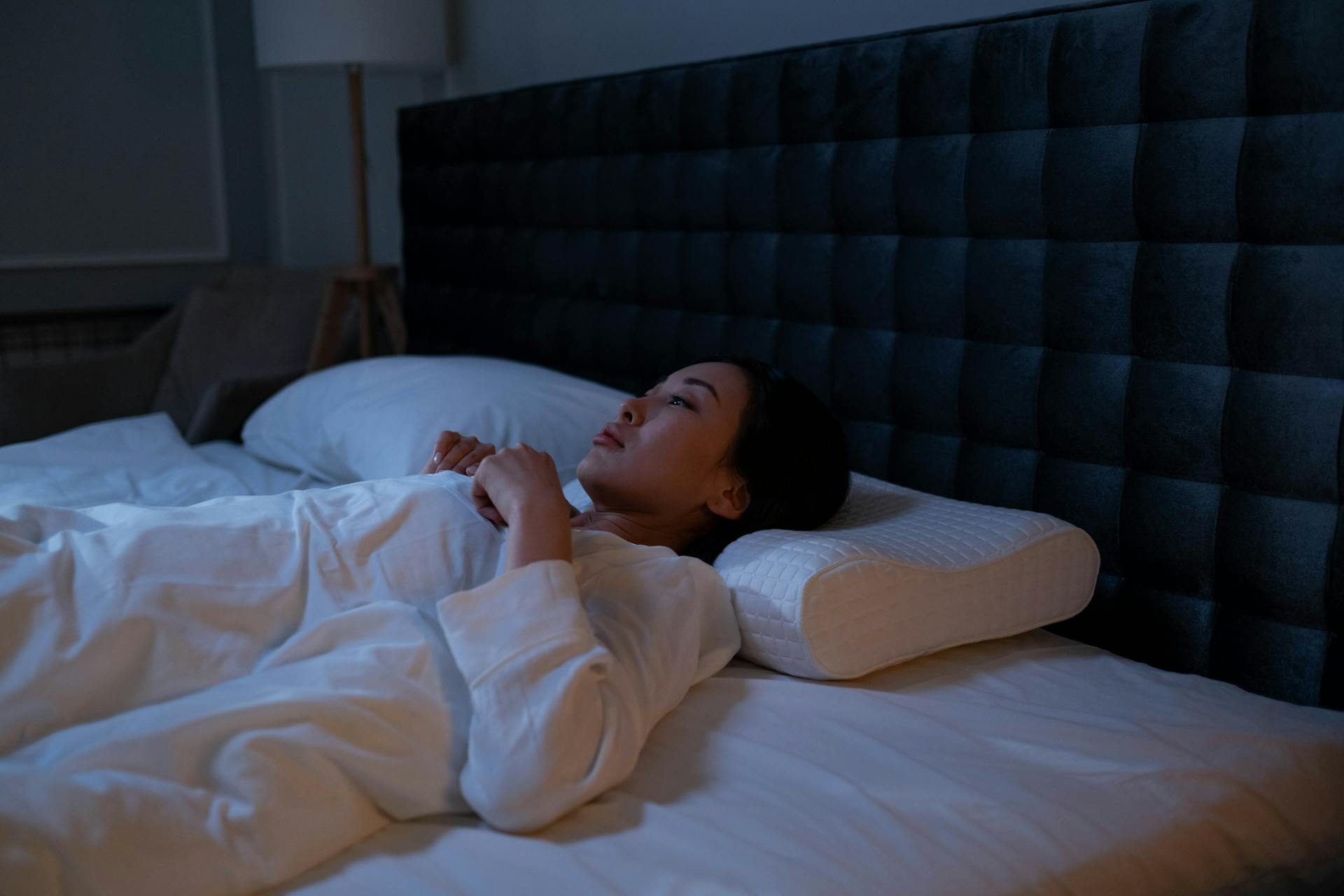Sleep Apnea
Sleep apnea is more than just loud snoring — it’s a serious condition that affects your breathing and overall health. Learn how PAP IQ helps you understand, manage, and overcome sleep apnea for a better night’s rest.
What Is Sleep Apnea?
Understanding the Disorder That Disrupts Rest and Health
Nearly 30 million adults in the United States alone are afflicted with sleep apnea. Unfortunately, even after diagnosis and receiving a CPAP device, many people find the therapy difficult to acclimate to until now.
Untreated, sleep apnea puts a strain on your heart by repeatedly causing oxygen levels to drop and blood pressure to surge as you sleep. It can leave you waking in the morning feeling tired, even after a full night’s sleep.

Types of Sleep Apnea
Understanding the Different Forms of This Common Sleep Disorder
Health Implications of Sleep Apnea
Understanding the Risks to Protect Your Health

Coronary Artery Disease
Sleep apnea reduces oxygen levels during sleep, causing stress on the cardiovascular system. Over time, this increases the risk of plaque buildup in arteries, leading to coronary artery disease and poor heart function.

Congestive Heart Failure
Interrupted breathing patterns force the heart to work harder. This constant strain can weaken the heart muscle, contributing to or worsening congestive heart failure.

Atrial Fibrillation
The oxygen drops and blood pressure spikes during apnea episodes can trigger irregular heart rhythms, such as atrial fibrillation, increasing the risk of stroke and other complications.

Hypertension / High Blood Pressure
Repeated oxygen drops during sleep cause the body to release stress hormones that constrict blood vessels, leading to persistent high blood pressure.

Heart Attack
Sleep apnea places continuous stress on the heart due to oxygen deprivation and elevated blood pressure. These conditions significantly raise the risk of experiencing a heart attack.

Stroke
Reduced oxygen flow and high blood pressure from untreated sleep apnea increase the risk of blood clots and stroke, often without obvious symptoms until a serious event occurs.

Diabetes Type II
Sleep apnea affects glucose metabolism and insulin sensitivity. Poor sleep quality disrupts the body’s ability to manage blood sugar, increasing the risk of Type II diabetes.

Daytime Fatigue
Frequent sleep interruptions prevent deep, restorative rest. This leads to persistent tiredness, sluggishness, and difficulty staying alert during the day.

Morbid Obesity
Sleep apnea and obesity often reinforce each other. Weight gain can worsen airway obstruction, while poor sleep disrupts metabolism and appetite control, promoting further weight gain.

Depression / Anxiety
Chronic sleep deprivation from apnea affects brain chemistry and emotional balance. Many patients experience mood swings, anxiety, or depression as a result.

Memory Loss
Poor oxygenation and fragmented sleep interfere with brain function. This can cause short-term memory lapses and difficulty retaining new information.

Lack of Concentration
Without quality sleep, focus and cognitive performance decline. Individuals may find it harder to stay attentive or complete complex tasks efficiently.

Work, Home, and Automobile Accidents
Daytime drowsiness and reduced alertness from sleep apnea increase the risk of accidents in daily life — whether on the road, at home, or in the workplace.

